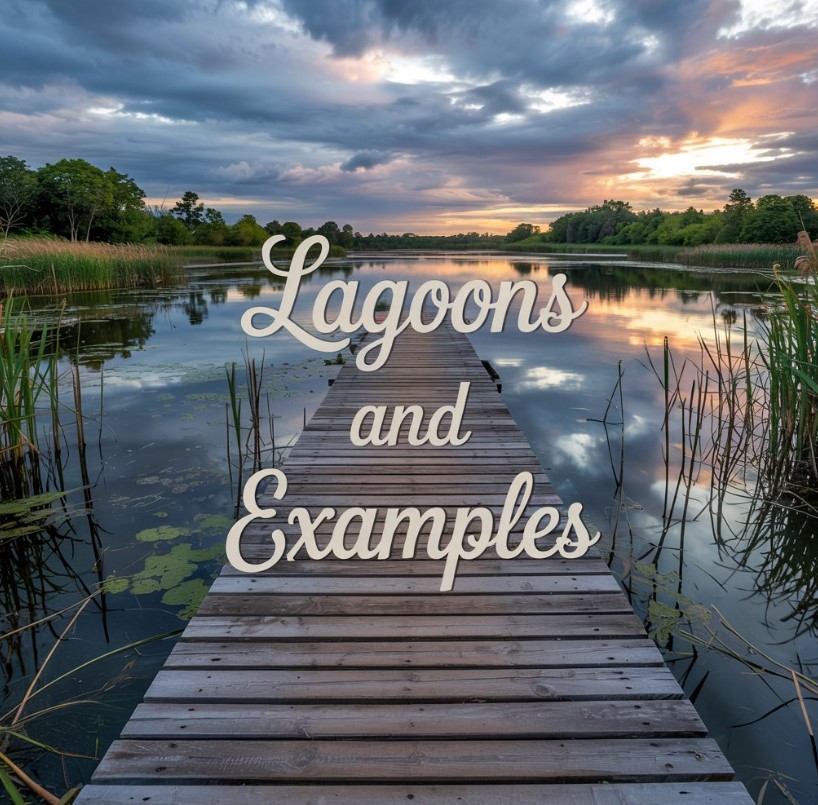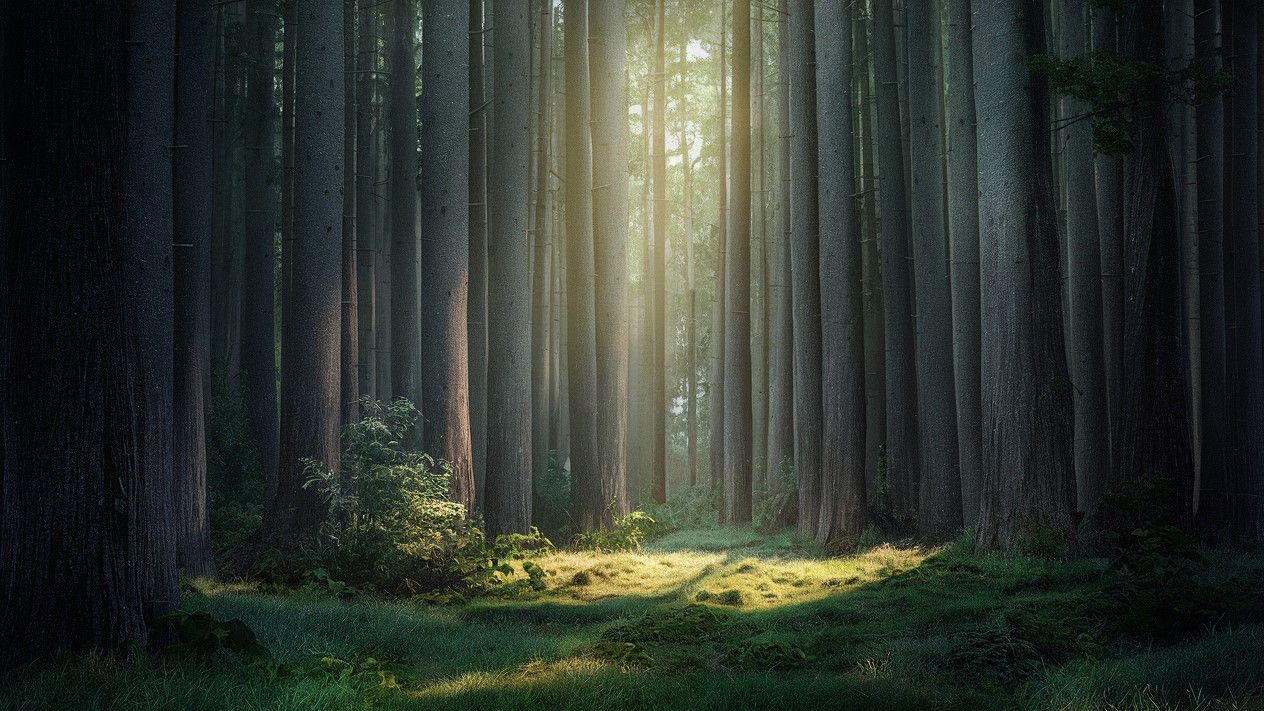Natural phenomena and Examples

Contents
Nature is everything that is not created by human hands. Something is constantly changing in it.
Natural phenomena are any changes that occur in nature.
The change of day and night, snow and rain, flowering of plants, leaf fall – these are examples of natural phenomena.
People have long noticed that natural phenomena are interconnected. This is how folk signs appeared that allow you to predict the weather. For example, it is believed that if birds fly away to warmer regions early in the fall, winter will come early and will be cold.
Natural phenomena occur in both living and inanimate nature:
| Phenomena of living nature | Phenomena of inanimate nature |
| unfurling of leaves, flowering of plants, leaf fall, hibernation of animals | rain, snowfall, northern lights, rainbow, flood, ice drift, freeze-up |
Natural phenomena and seasons
Some phenomena can be observed regardless of the season: sunrise and sunset, precipitation, cloudiness. Others are characteristic of a certain time of year – such natural phenomena are called seasonal :
| Winter natural phenomena | Spring natural phenomena | Summer natural phenomena | Autumn natural phenomena |
| blizzard, animal hibernation, snowfall | flood, arrival of birds from the south, ice drift | ripening of berries, dew falling | birds flying away to warmer climates, leaf fall, ice formation |
This is interesting
Freeze-up is the appearance of solid ice on bodies of water.
Ice drift is the movement of ice floes on bodies of water under the influence of currents or wind.
Flood is an increase in the water level in reservoirs in the spring due to the melting of snow and ice.
Rainbow
One of the most beautiful natural phenomena is a rainbow . You can observe it during rain, fog. Sometimes a rainbow can be seen over a waterfall. It appears when the sun is shining and the air is saturated with tiny water droplets. A rainbow is created by sun rays that pass through water droplets like a lens .
We see sunlight as white, but in reality it consists of rays of different colors. If you pass light through a lens (a drop of water), you can see how it breaks up into multi-colored rays – this is how a rainbow appears. It is generally accepted that there are seven colors in a rainbow (Red, orange, yellow, green, cyan, blue and violet) , but in fact there are many more. You can remember the arrangement of the colors with the help of a phrase in which the first letters of the words are the beginnings of the names of different colors.
When we look at a rainbow standing on the ground, it seems to us that it is an arc. But if we look at it from a great height – for example, from an airplane – it becomes clear that it is round. Sometimes a rainbow can be double or even triple.
Natural phenomena by seasons: winter, spring, summer and autumn changes
In the equatorial part of the Earth there is no change of seasons. But in the northern and southern latitudes nature is generous with changes. Certain natural phenomena have become the features of each season.
What are natural phenomena? These are changes that occur in nature and are associated with the change of seasons. Their cause is the rotation of the Earth around the Sun, but most importantly, its axis of rotation is at an angle to the plane of rotation. Therefore, the sun’s rays fall on the planet at different angles throughout the year, warming its surface more or less.
Winter phenomena in living and inanimate nature
In the Northern Hemisphere of the Earth, the calendar winter falls in December, January and February. At this time, the Sun moves further and further away from the celestial equator towards the South Pole, approaching the winter solstice on December 22, when the night is the longest of the year and the day is the shortest.
During the winter months, the sun does not rise high, its rays only glide over the surface of the Earth, without warming it. This causes such phenomena of inanimate nature:
- The air temperature drops below zero and frost begins.
- Drops of water in the atmosphere during frost crystallize, turn into snowflakes , and winter precipitation falls – snow.
- Snowfalls with strong winds cause such phenomena as snowstorms, blizzards, and storms. The ground is covered with snowdrifts.
- In reservoirs, water turns into ice.
- After a slight thaw, dangerous black ice sets in.
- If frost hits when the humidity is high, then everything around is covered with frost or hoarfrost.
- Near the Arctic Circle, on clear winter nights, the Northern Lights can be seen . At the same time, mesmerizing bright green, red, and blue curtains sway among the stars.
Winter is a time of rest for wildlife. Trees are bare of leaves, and the flow of sap has stopped. Some animals, trying to escape hunger, hibernate. Amphibians freeze in the ground until spring, forest frogs can even freeze, but will revive in the warmth. Sedentary birds that remain for the winter move closer to human habitation.
A group of scientists studied winter phenomena in Kazakhstan over 50 years. It turned out that during this period, warm, snowy winter months predominated.
Spring natural phenomena
The calendar spring in the Northern Hemisphere is March, April, May. During these months, nature is significantly transformed. The sun rises higher above the horizon in spring, warms the air, which causes such seasonal phenomena:
- The snow is melting: thawed patches appear on the ground, and dripping begins.
- Snowdrifts are decreasing, and the water that forms when they melt flows into temporary streams.
- Ice begins to drift on the rivers. This may cause jams and floods.
- Rivers can overflow widely – floods come.
- The large difference between day and night temperatures causes strong thermal winds.
- In May, the first thunderstorms rumble and spring showers occur.
Spring phenomena in inanimate nature are accompanied by the awakening of living nature. Spring comes quickly and imperceptibly:
- The first greenery and primroses appear in the thawed patches.
- The sap begins to flow in the trees, buds appear. Many trees blossom and quickly become covered in bright greenery.
- Insects are awakening, bees are buzzing around the flowering trees.
- Migratory birds return and begin to build nests. Everything is temporarily filled with bird songs, but it dies down when the birds hatch their chicks.
- Animals wake up from hibernation. Many begin to shed their fur – the thick undercoat comes off. Bears, squirrels, wolves and other animals have offspring.
In April, Adonis vernalis flowers appear in the steppes of Kazakhstan, and in May, tulips and poppies. Ephemeral plants (bluegrass, spring grass, wormwood) have adapted to the short wet period. They have time to go through their entire development cycle before the dry summer: grow, bloom, and produce seeds.
Summer natural phenomena
During the summer months in the Northern Hemisphere, the sun rises high above the horizon. The longest days and shortest nights occur during the solstice in June. The rays warm the earth strongly. The following seasonal phenomena are typical for summer:
- Warm mushroom rains. They often occur in bright sunshine.
- After the rain, a rainbow appears – an optical phenomenon when the sun’s rays are refracted by drops of water.
- Summer thunderstorms are frequent. They are accompanied by thunder and lightning.
- On summer nights, you can see lightning flashes. This is the reflection of lightning if the thunderstorm is somewhere far away.
- Sometimes hail may fall along with the rain.
- In the summer, dew appears on the grass in the mornings: the moist air turns into droplets from the night coolness.
Summer is the season of flowering of living nature, plants are actively growing and bearing fruit:
- In June, berries appear and the mushroom season begins.
- July is the peak of summer, the grasses are lush, haymaking begins.
- In August, the harvest ripens in gardens, vegetable gardens, and fields. People rush to collect it and prepare it for the winter.
Active life in summer and in the animal world. This is a tense period of raising offspring, parents are busy from morning till night looking for food for the kids. Then the grown-up young are taught to get food for themselves and defend themselves. By autumn, animals must accumulate fat for wintering or prepare food, and birds prepare their offspring for long flights.
Seasonal features of autumn
In autumn the sun rises lower and lower above the horizon, its rays again only glide along the earth. The days become shorter, after the autumn equinox on September 23 the nights become longer. Cold air masses appear, which mix with the still summer-warm ones. This causes the following natural phenomena:
- If the temperature drops sharply, strong winds begin.
- The air gets colder, it retains moisture worse and worse, and there is a lot of precipitation.
- The sky is covered with grey clouds, making it hang heavy and low over the earth.
- Autumn fogs appear : moisture evaporates from the still warm surface of the earth into the cold air, its droplets hang in the air.
- The first frosts come, and frost can be seen on the grass in the mornings.
How are autumn phenomena of living and nonliving nature related? Cold air, shorter daylight hours and a small amount of sunlight affect the plant world. Leaves on trees and bushes turn yellow : chlorophyll is destroyed and new chlorophyll stops being produced. Later, the leaves fall off and the trees prepare for winter rest.
In autumn, insects hide in tree roots and in the ground. Cold-blooded animals freeze until spring. Many are approaching the time of famine, so they try to accumulate fat reserves, and some (bears, hedgehogs) hibernate. Migratory birds leave their nesting sites in autumn and fly away to warmer regions for the winter.
Seasons are accompanied by special seasonal phenomena. Nature and people have adapted to all of them, many of them bring joy.











